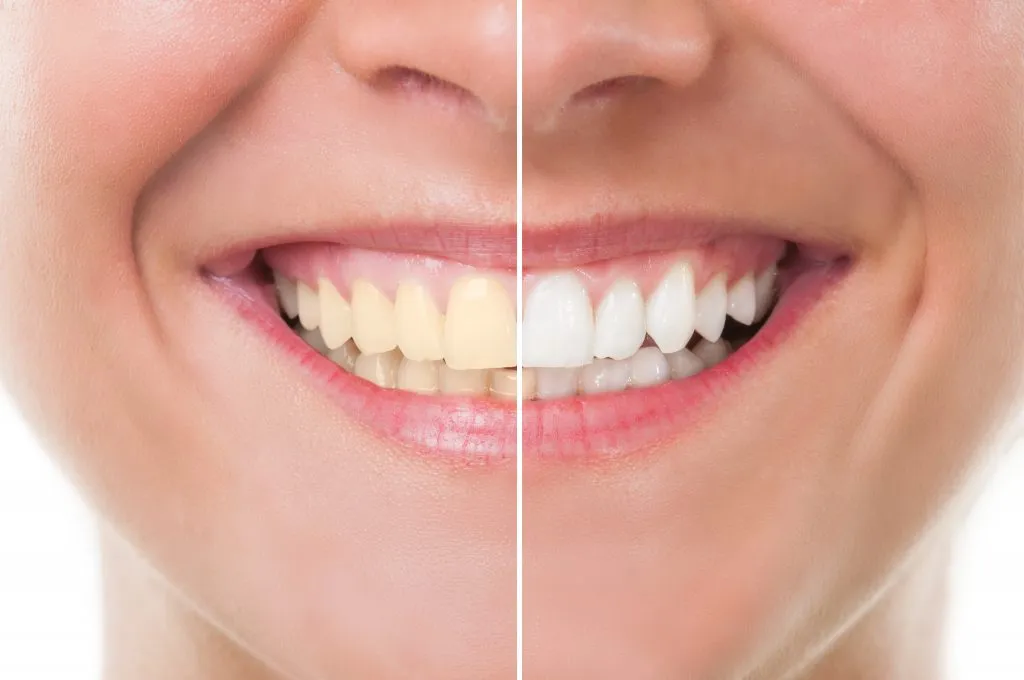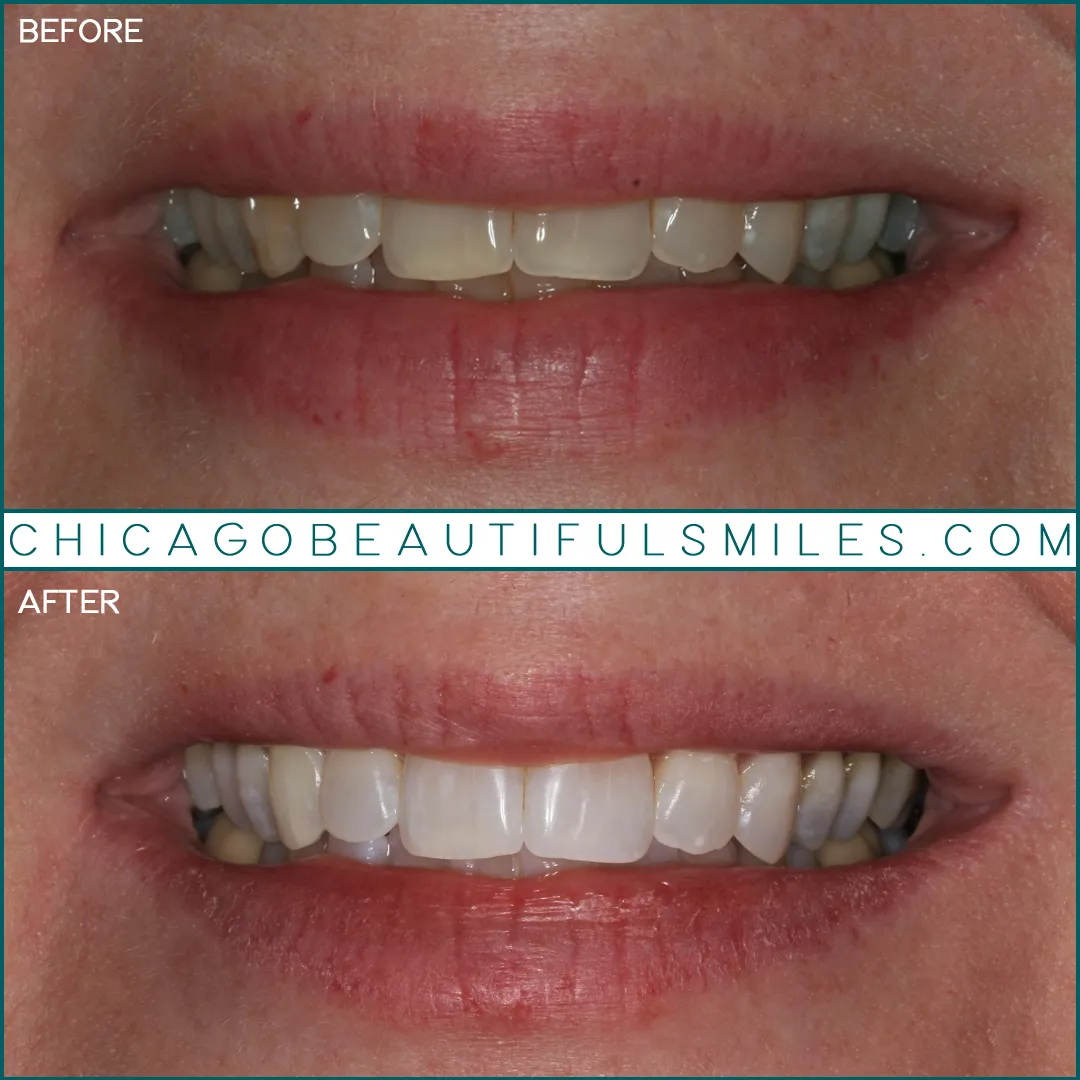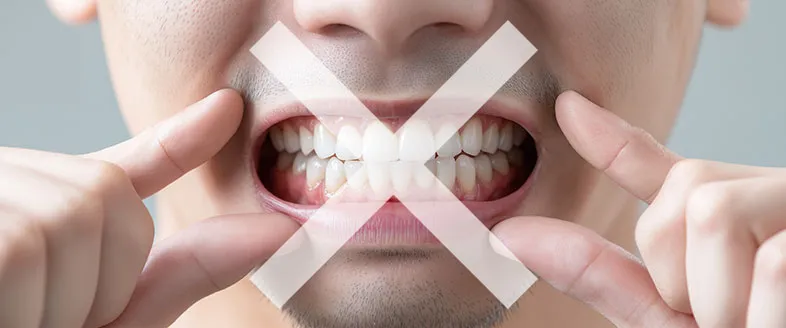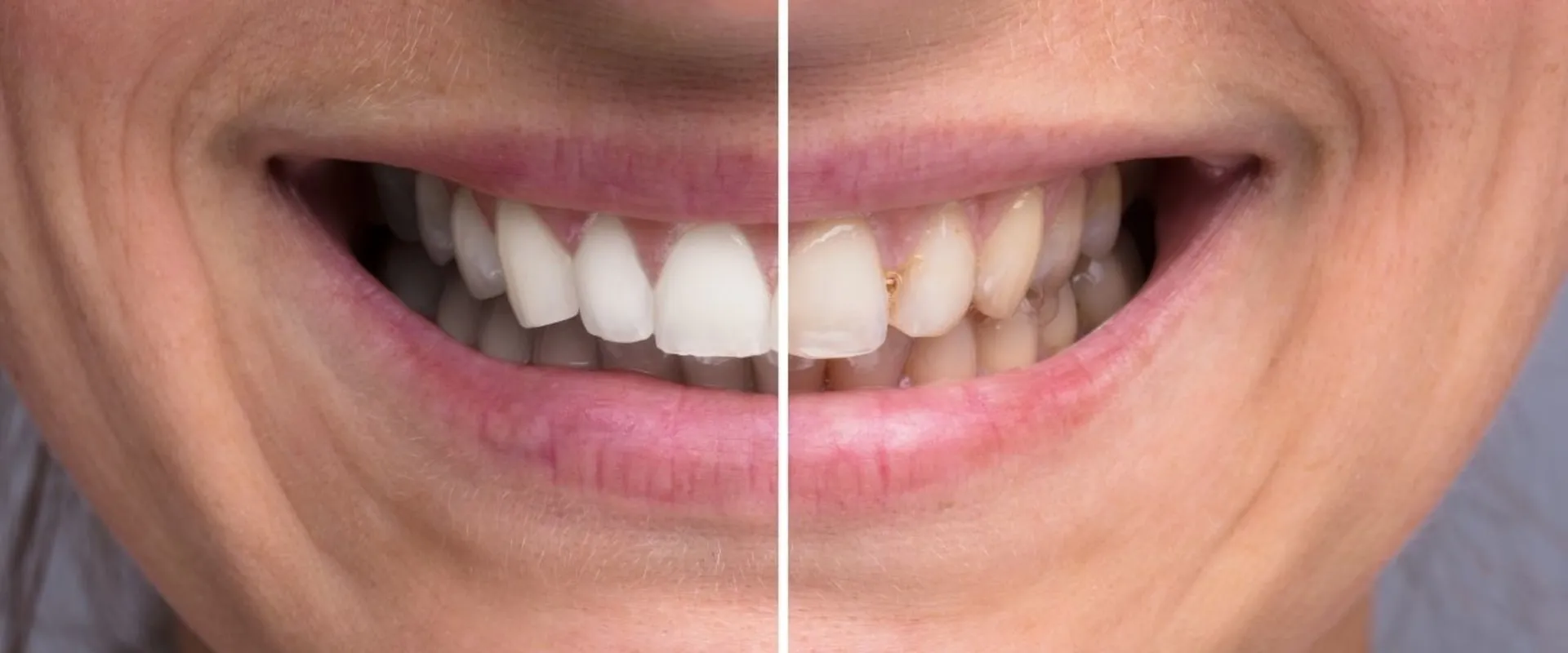Teeth whitening is a popular cosmetic procedure, promising a brighter, more confident smile. However, it’s essential to be informed about potential risks. While teeth whitening is generally safe, understanding the potential dangers is crucial for making informed decisions about your oral health. This article explores five key facts about the potential dangers associated with teeth whitening, helping you prioritize both aesthetics and the long-term health of your teeth. It’s important to consult with a dentist before undergoing any teeth whitening treatment to ensure it’s suitable for your individual needs and dental condition.
Teeth Whitening Dangers Top 5 Facts
While teeth whitening can significantly enhance your smile, it’s important to be aware of potential downsides. Many people overlook the fact that these treatments, whether professional or over-the-counter, can pose risks to your dental health if not handled properly. This section breaks down five important facts you should know about the dangers of teeth whitening, from increased sensitivity to the potential for long-term damage. Being aware of these potential risks allows you to make smarter choices about your dental care and ensure a healthy, radiant smile.
Fact 1 Sensitivity Surge
One of the most common side effects of teeth whitening is increased tooth sensitivity. This occurs because the whitening agents, typically hydrogen peroxide or carbamide peroxide, penetrate the enamel and dentin of your teeth. This can irritate the nerves within the teeth, leading to heightened sensitivity to hot or cold foods and drinks. The degree of sensitivity varies from person to person, depending on factors like the concentration of the whitening agent used and the natural sensitivity of your teeth. Proper use and dentist consultation is the key.
Understanding Tooth Sensitivity

Tooth sensitivity is characterized by a sharp, temporary pain or discomfort in response to certain stimuli. This can range from mild sensitivity to severe discomfort that interferes with daily activities. The discomfort arises when the protective outer layers of the tooth—the enamel and cementum—are compromised or weakened, exposing the underlying dentin. Dentin contains microscopic tubules that lead directly to the nerve inside the tooth. When these tubules are exposed, stimuli like temperature changes can easily trigger nerve responses, leading to sensitivity.
Causes of Sensitivity After Whitening
The primary cause of sensitivity after teeth whitening is the penetration of whitening agents into the enamel and dentin. These agents can dehydrate the teeth, leading to increased sensitivity. Additionally, the chemical processes involved in whitening can temporarily weaken the enamel, making the teeth more vulnerable to external stimuli. The higher the concentration of the whitening agent, the greater the potential for sensitivity. Certain whitening methods, such as those involving heat or light activation, may exacerbate this effect.
Fact 2 Enamel Erosion Risks
Overuse or improper use of teeth whitening products can lead to enamel erosion. Enamel is the hard, protective outer layer of your teeth, shielding the softer dentin underneath. Excessive exposure to whitening agents can weaken and erode this enamel, making teeth more susceptible to decay, discoloration, and sensitivity. Once enamel is eroded, it cannot be naturally restored, making preventive measures and professional dental care essential.
The Role of Enamel in Tooth Health

Enamel is the body’s hardest tissue, and it plays a vital role in protecting your teeth from damage. It acts as a barrier against acids produced by bacteria in the mouth, as well as physical wear and tear from chewing. Healthy enamel is smooth and free of pores, preventing stains from penetrating the tooth structure. Enamel also helps to regulate the temperature inside the tooth, protecting the sensitive nerves from extreme heat or cold. Maintaining healthy enamel is crucial for preserving the overall health and longevity of your teeth.
How Whitening Agents Affect Enamel
Whitening agents, especially those containing high concentrations of peroxide, can affect enamel in several ways. They can disrupt the mineral structure of the enamel, making it more porous and susceptible to damage. This can lead to a loss of minerals, a process known as demineralization, which weakens the enamel. Additionally, the whitening process can dehydrate the enamel, making it more brittle and prone to cracking. Over time, these effects can compromise the enamel’s protective function, increasing the risk of cavities, sensitivity, and discoloration.
Fact 3 Gum Irritation & Damage
Teeth whitening products can cause gum irritation and damage, particularly if the product comes into direct contact with the gums. This can happen with ill-fitting whitening trays or when using products that are not properly applied. Symptoms of gum irritation include redness, swelling, tenderness, and, in severe cases, blistering or even chemical burns. Protecting your gums during the whitening process is important, it is best to consult with a dentist to determine which whitening method would be best.
Causes of Gum Irritation

The primary cause of gum irritation is the direct contact of whitening agents with gum tissues. The high concentration of chemicals like hydrogen peroxide or carbamide peroxide can irritate the delicate tissues of the gums. Ill-fitting whitening trays can allow the gel to leak and come into contact with the gums, causing inflammation. Using excessive amounts of whitening product or applying it for longer than recommended can also increase the risk of gum irritation. Moreover, some individuals may have a higher sensitivity to these chemicals, making them more prone to adverse reactions.
Long-Term Effects on Gums
While mild gum irritation typically resolves on its own after a few days, repeated exposure to whitening agents can lead to more serious and long-term problems. Chronic inflammation can weaken gum tissues, increasing the risk of gum disease. In severe cases, repeated chemical burns can damage the gums, leading to receding gums and exposing the roots of the teeth. Protecting your gums is critical for maintaining your oral health, so using custom-fitted trays and following dental professionals’ instructions are important to prevent these complications.
Fact 4 The Risk of Uneven Whitening
Teeth whitening results can sometimes be uneven, leading to an inconsistent appearance. This can be particularly noticeable if you have fillings, crowns, or other dental work, as these materials do not whiten in the same way as natural tooth enamel. Factors like the natural shade of your teeth, the type of stains, and the whitening method used can also influence the uniformity of the results. This can lead to a blotchy appearance, where some areas of the teeth are significantly lighter than others, which can be visually unappealing.
Factors Influencing Whitening Results

Several factors can affect the uniformity of teeth whitening results. The presence of dental work is a major factor because fillings, crowns, and veneers will not whiten in response to whitening agents. The natural shade of your teeth also plays a role, as teeth with certain shades may be more resistant to whitening. The type of stains on your teeth, whether they are intrinsic (within the tooth structure) or extrinsic (on the surface), can also influence the outcome. Intrinsic stains, which are often caused by medications or genetic factors, can be more difficult to remove evenly.
Dealing with Uneven Results
If you experience uneven whitening results, several options are available. You can consult your dentist about professional treatments to address the issue. Your dentist might suggest more advanced whitening techniques or recommend cosmetic procedures such as veneers or crowns to achieve a consistent look. In cases of minor unevenness, touch-up treatments with professional guidance can sometimes help. It’s important to discuss your concerns with your dentist to determine the most suitable solution for your specific situation.
Fact 5 Potential for Nerve Damage
In rare cases, teeth whitening can potentially lead to nerve damage, particularly if the whitening agents penetrate deeply into the tooth structure. This is more likely to occur if the teeth have pre-existing cracks, cavities, or other damage that allows the whitening agents to reach the tooth pulp, where the nerves and blood vessels are located. Although rare, this can result in persistent tooth sensitivity, pain, and, in severe cases, the need for root canal treatment to remove the damaged nerve.
The Anatomy of Tooth Nerves

Understanding the anatomy of tooth nerves is key to comprehending the potential risks of nerve damage. Each tooth contains a pulp chamber at its center, which houses the nerves, blood vessels, and connective tissues. These nerves are responsible for providing sensation to the tooth. The tooth is protected by enamel, dentin, and cementum. Enamel is the outermost layer and protects the tooth from external stimuli, while dentin is a porous layer beneath the enamel. Any damage or vulnerability in these protective layers can allow whitening agents to reach the pulp, increasing the risk of nerve damage.
How Whitening Procedures Can Impact Nerves
During teeth whitening, the whitening agents can potentially affect the nerves in the teeth. If the enamel is compromised due to erosion, cracks, or cavities, the whitening agents can seep deep into the tooth structure. This exposure can irritate the nerves, leading to temporary sensitivity or, in severe cases, causing nerve damage. The concentration of the whitening agent, the duration of exposure, and the health of the tooth’s structure can all influence the degree of risk. It is crucial to undergo a thorough dental exam to assess for any pre-existing issues and to use whitening products under professional guidance.
In conclusion, while teeth whitening can deliver a brighter smile, it is important to be aware of the potential dangers. These risks range from increased sensitivity and enamel erosion to gum irritation, uneven whitening, and, in rare cases, nerve damage. By understanding these potential downsides, you can make informed decisions, consult your dentist, and take preventive measures to protect your oral health while seeking a whiter smile. Always prioritize professional guidance and the health of your teeth.
